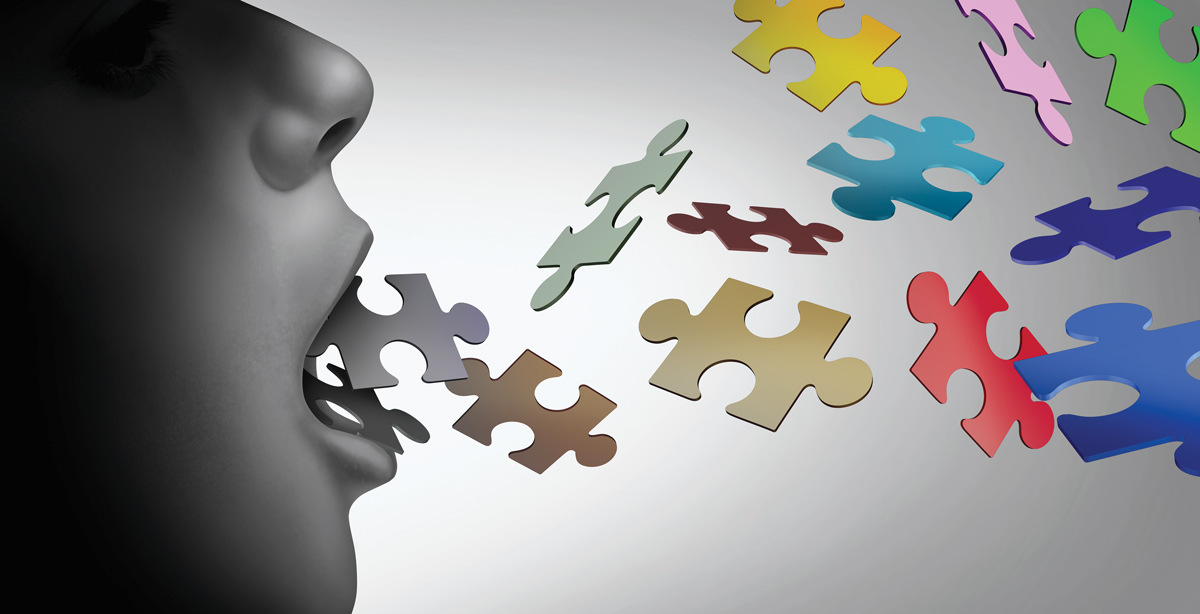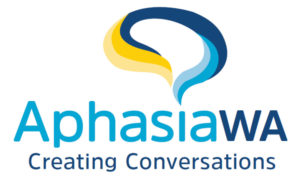 Research led by A/Prof Erin Godecke has shown that aphasia needs a timely but nuanced approach to therapy. Here she discusses the results.
Research led by A/Prof Erin Godecke has shown that aphasia needs a timely but nuanced approach to therapy. Here she discusses the results.
Aphasia, or difficulty understanding, reading, writing or speaking, occurs in up to 30% of acute stroke survivors. Despite Level 1 evidence indicating aphasia therapy is beneficial, little is known about whom to treat with how much therapy at what point in recovery.

Neuroscience theory from pre-clinical research in animal motor recovery underpins the majority of human stroke recovery and rehabilitation research. There are no equivalent models to guide research in the recovery of language after stroke. The premise of the neuroscience motor recovery models is “go hard, and go early”, meaning early intensive motor therapy is so potent that “too much, too early” causes death and poorer recovery for some of the most vulnerable stroke survivors.
The Very Early Rehabilitation in SpEech (VERSE) trial after stroke applied the same neuroscience theory to early post-stroke aphasia recovery and aimed to harness the brain’s natural healing mechanisms with early intensive therapy.
The VERSE trial was a Phase-III, RCT that recruited 246 participants with aphasia after stroke from 17 acute-care hospitals across Australia and New Zealand. Treatment started within the first 14 days of stroke and compared usual care to an extra 20 hours of treatment provided over four weeks.
Using treatment that manipulated the amount of direct talking practice, the VERSE trial implemented:
- conversation practice in high doses or massed practice,
- task specificity or ‘train as you play’
- task saliency or ‘meaningful practice’.
Outcomes were assessed at 12 weeks and 26 weeks post stroke using linguistic, conversational, quality of life and depression measures.
Participants who received usual care had, on average, 9.5 hours of therapy within the first 28 days following randomisation, and participants who received high intensity treatment had on average 22.7 hours of treatment in the same timeframe.
Clinically, the usual care therapy ranged on average from 37-48 minutes of direct time on task, provided 2-3 times a week compared to high intensity therapy of 45-53 minutes on task provided six times a week.
Our results showed that participants who received treatment had a vast increase in the Western Aphasia Battery-Revised scores, indicating improved ability to speak and the ability to use a variety of linguistic content to get their message across. On average, the participants scored more than 26 points more than baseline scores at 12 weeks, and 31 points at 26 weeks post stroke on a test where five points constitute a clinically meaningful change.
However, between group comparisons, at both timepoints there was no statistical difference on linguistic, conversational, quality of life and depression measures.
The VERSE findings were unexpected based on our pilot studies, which showed statistical and clinical benefit of early intensive intervention (7.5 hours) when compared to less than 14 minutes of therapy across 21 days. The clear lack of benefit of additional therapy in early aphasia recovery should not be mistaken with no therapeutic effect of early treatment.
There is Level 1 evidence for aphasia treatment started within the first month following stroke, however, our results are suggestive of the economic ‘law of diminishing returns’ which postulates that “beyond a certain point, additional inputs produce smaller and smaller outputs”.
The role of spontaneous recovery in early recovery remains elusive. Our trial set out to determine if additional treatment to usual care delivered enhanced spontaneous communication recovery, rather than undertaking to detect the value of each component. Very little data are available at an international level to adequately measure spontaneous recovery of language after stroke.
The VERSE results challenge the previously held neuroscience perception that ‘intensive early treatment is better’ when applied to aphasia recovery. It is possible that the prescribed dose of 20 hours of treatment in the first 40 days following stroke is insufficient to demonstrate benefit over 9.5 hours and that a more intensive dose (e.g. 50-60 hours) is required.
The results of this trial indicate that early aphasia therapy is essential to enhance recovery. The treatment in this trial on average, saw people enter the study speaking in two-word phrases with multiple word, sound and grammatical errors and requiring assistance with all communication interactions.
At 12 weeks they had progressed to independently speaking in coherent and appropriate sentences to communicate in everyday interactions. That alone indicates aphasia treatment is worthwhile.
Our responsibility is to determine and individually tailor the most appropriate dose of treatment for the right person at the right time to enhance long-term aphasia recovery. Our challenge is to rationalise health resources to run the marathon that is aphasia recovery and not spend all our effort in the sprint to the first six months.
Key messages
- Aphasia is a chronic condition that responds well to targeted treatment.
- Aphasia treatment starting within the first two weeks is essential.
- Intensive, early treatment is not better than standard care.
– References available on request
A/Prof Godecke is from the School of Medical and Health Science, ECU Joondalup Campus. She also chairs the support group, Aphasia WA, which offers six community aphasia groups across WA for people living with aphasia.
These are conversation practice groups run by trained volunteers; they are not therapy groups. The groups are in Inglewood, Floreat, Palmyra, South Guildford and Geraldton. Videocall or Zoom access is available. All groups are free to attend.
 For information email: aphasiawa@gmail.com
For information email: aphasiawa@gmail.com
Membership: aphasiawamembership@gmail.com
Groups: Sandy, 0419 923 522
https://www.facebook.com/AphasiaWA/

